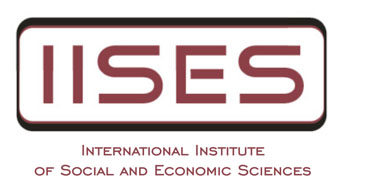HOW TO ATTRACT HIGH SKILLED LABOR? STUDY CASE IN THE UNITED STATES
ŠÁRKA PRÁT, JAMES PEPPER, LISA NGUYEN
Abstract:
This paper argues that the US immigration system is anachronistic in today’s global economy, where human capital is increasingly crucial for successful advanced economies. It argues that some consensus over reform is certainly possible, and it seeks to understand the reasons behind the failure of previous attempts at reform. It makes a thorough investigation of the dynamics of high-skill immigration to the US through a systems analysis, which is controlled for mid-long term global dynamics and key actor preferences. The systems analysis utilise the latest research in immigration economics to evaluate the relative importance and dynamics of the determinants of the US immigration system. These inputs are mapped and their interactions analysed to determine which changes in US immigration policy would be most beneficial for high-skill immigration. From this analysis, it makes a series of policy prescriptions for reforming US immigration policy to adapt to current and future trends. This policy paper primarily differentiates itself with the significant contribution of allowing policymakers to estimate and react to future trends. It also provides some practical advice on how to achieve these reforms due to its inclusion of sub-models of actor interaction informed by public policy approaches.
Keywords:
labour, United States, migration, labour market, work
PDF:
Download
APA citation:
ŠÁRKA PRÁT, JAMES PEPPER, LISA NGUYEN (2016). How to attract high skilled labor? Study case in the United States. International Journal of Business and Management, Vol. IV(3), pp. 88-122.
Copyright © 2016, Šárka Prát et al, sarkaprat@seznam.cz

